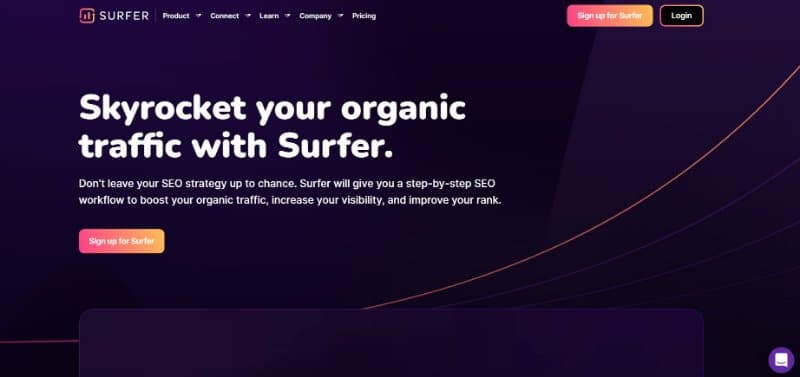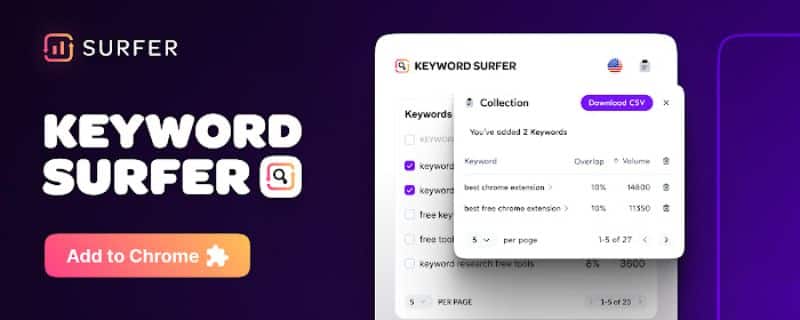In the ever-evolving world of digital content, standing out in the vast ocean of online information presents a formidable challenge. This is where the concept of ‘Information Gain’ becomes a beacon of strategy for content creators and SEO experts alike. At its core, Information Gain is about enriching the web with fresh perspectives and unique experiences, something that echoes the human element in a landscape dominated by keywords and algorithms.
It’s not just about adding new content; it’s about adding value that hasn’t been seen before. This approach is especially crucial in areas like travel and dining, where personal experiences can transform a simple article into a treasure trove of insights. As we delve deeper into the nuances of Information Gain, we’ll explore how it intertwines with SEO practices to create content that is not just informative but also uniquely engaging.
The Essence of Information Gain in SEO
Understanding Information Gain:

At the heart of Information Gain lies the pursuit of uniqueness in content creation. It’s an approach that elevates the standard of web content by introducing elements that are not just informative but also distinctively insightful. When considering the top search results for a query, one often finds overlapping information among different sources. The key, however, is to identify gaps in this shared knowledge and fill them with content that offers a new perspective or an unexplored dimension.
The Role of Unique Perspectives:

In the realm of SEO, uniqueness is a currency. For instance, when exploring romantic destinations in Europe, the mainstream choices are often widely covered. The Information Gain strategy pushes content creators to venture beyond the well-trodden paths and spotlight places that are charming yet less known. This approach not only adds diversity to the available information but also caters to a niche audience looking for something beyond the usual recommendations.
Real-World Example:

Consider the topic of romantic destinations in Europe. Many articles might highlight popular spots like Paris or Venice. However, incorporating Information Gain means shedding light on lesser-known yet equally enchanting locales. It could be a quaint village in the Alps or a seaside town in Croatia, newly trending due to social media influencers. By providing real-time insights into these emerging destinations, content creators can offer readers something they won’t find in the top search results, thus making their content more valuable and unique.
Incorporating Information Gain into content is not just about what is being said, but how it’s being said. It’s a blend of expertise, personal experience, and the ability to spot and articulate nuances that others might have missed. As we move forward, the role of personal insights becomes even more critical in deepening the value of content.
Adding Depth to Content with Personal Insights

Personal Experiences as a Content Enricher: Personal insights serve as the backbone of authentic content, especially in niches like travel and dining. These insights go beyond general information, offering readers a glimpse into real experiences. For example, when writing about the best restaurants in a city, sharing personal experiences about the ambiance, the service, and the dishes tried adds a layer of credibility and depth that generic reviews lack. This approach not only enhances reader engagement but also positions the content as a trustworthy source of firsthand information.
Detailing with Precision: The devil, they say, is in the details. In content creation, detailed descriptions of personal experiences can significantly elevate the quality of the information provided. For instance, in an article about dining experiences, instead of simply listing popular menu items, a writer who has tried various dishes can offer detailed descriptions and recommendations. Such granular details, like the texture of the Bolognese or the unique flavor of Mama’s apple pie, can transform a standard list into an engaging narrative, adding immense value for the reader.
Bridging the Gap between Generic and Personal: In the context of Information Gain, the shift from generic to personal is crucial. When a writer infuses their content with personal anecdotes and experiences, it doesn’t just fill a gap in information; it creates a connection with the reader. This connection is particularly powerful in travel writing, where sharing personal stories about off-the-beaten-path destinations or the latest trending spots can turn an ordinary travel guide into an inspiring journey.
The magic of personal insights lies in their ability to make content relatable and vivid. As readers seek more than just information, they look for experiences that resonate with them.
Leveraging Different Content Formats
The Power of Varied Formats: The digital age has expanded the horizons of content presentation, offering numerous formats to captivate the audience. These formats range from simple bullet points to interactive elements, each adding a unique flavor to the content. Understanding and utilizing these formats strategically can significantly enhance the reader’s engagement and interaction with the content.
Bullet Points for Clarity and Impact: Bullet points are a classic yet powerful tool in content creation. They offer a clear, concise way to present information, making it easily digestible for the reader. For instance, in an article about top tourist attractions, using bullet points to list key features or must-see spots helps readers quickly grasp the essence of each destination. This format is particularly effective in providing quick, actionable information without overwhelming the reader with dense paragraphs.
Interactive Elements for Enhanced Engagement: The incorporation of interactive elements, such as tags, highlights, or even simple color changes, can transform a static piece of content into an engaging experience. For example, using a bright color to highlight a key phrase or a tag to mark a ‘must-visit’ spot not only draws the reader’s attention but also makes the content more memorable. These subtle yet effective tools can significantly enhance the user experience, encouraging deeper exploration of the content.
Blending Content with Style: While the substance of the content is paramount, the way it is presented plays a crucial role in retaining reader interest. The integration of various formats like bullet points, highlights, and interactive tags creates a visually appealing and reader-friendly article. It’s not just about imparting information; it’s about doing it in a way that captivates and engages.
Editorial Process and Tools

The editorial process in content creation is a meticulous journey that involves not just proofreading and fact-checking, but also ensuring the content’s SEO efficiency. With the evolving landscape of search engine optimization, the role of advanced tools like Surfer SEO and Text Focus has become increasingly significant.
Transitioning from Surfer SEO to Advanced Tools:

Surfer SEO has been a longstanding ally in content optimization, offering insights into keyword usage and content structure. However, the shift towards more sophisticated tools reflects the need for a deeper and more nuanced approach to SEO. Tools like Text Focus allow editors to delve into semantic optimization, identifying opportunities to enhance content relevance and reader engagement.
Semantic Optimization for Targeted Content:

One of the critical aspects of these advanced tools is their ability to analyze and suggest improvements based on semantic relevance. This involves going beyond mere keyword density and focusing on the contextual use of terms and phrases. For instance, in an article about travel safety, using specific terms and their semantic variations in a way that aligns with the reader’s search intent can significantly boost the content’s search engine performance.
Balancing SEO and Reader Engagement:

While these tools offer a wealth of data and suggestions, the art of editing involves balancing SEO requirements with reader engagement. The goal is not just to meet algorithmic criteria but to create content that resonates with the audience. This means carefully weaving in recommended changes without compromising the article’s natural flow and narrative style.
The integration of these editorial tools into the content creation process signifies a commitment to delivering not just well-written but also strategically optimized content.
Semantic Optimization and Reader Intent

Understanding and leveraging semantic optimization is key to aligning content with search engines and user expectations. Semantic optimization goes beyond keyword stuffing, focusing on the context and meaning behind words and phrases. It’s about crafting content that naturally incorporates relevant terms, enhancing both readability and search engine visibility.
Aligning Content with Search Intent:

The true power of semantic optimization lies in its ability to align content with the searcher’s intent. For example, in an article about “safety in Naples,” instead of repeatedly using the keyword, incorporating related terms and phrases that address common concerns and questions about safety in Naples adds depth and relevance to the content. This approach not only improves SEO performance but also makes the content more valuable and engaging for the reader.
The Role of Text Focus and Other Tools:

Tools like Text Focus assist in identifying semantic overuse and underuse, guiding editors to balance the usage of terms in a way that feels natural and informative. By highlighting semantic gaps, these tools enable content creators to refine their work, ensuring that it resonates with both the reader’s intent and search engine algorithms.
The Impact of Semantic Analysis on Reader Experience:

Semantic optimization is not just about pleasing search engines; it’s about enhancing the reader’s experience. By providing content that comprehensively addresses the topic, enriched with relevant, semantically optimized terms, content creators can significantly improve user engagement and satisfaction. This approach also helps in building authority and trustworthiness in a particular niche or subject matter.
As content creators and editors, the challenge is to seamlessly integrate semantic optimization strategies without compromising the content’s original tone and style.

